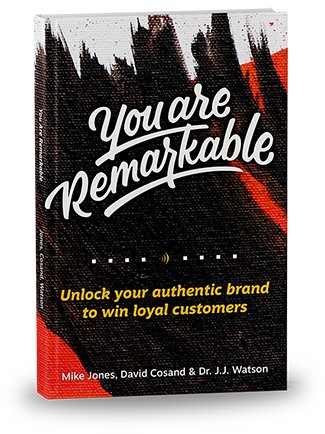Writing is hard.
I lamented that fact to my author mother recently, and she solemnly shook her head in affirmation. Working in sales usually means you’re loaded with interpersonal skills. But the digital divide means those skills don’t transfer 1:1 to writing emails.
“Cold calling is dead,” says Hubspot’s Jill Rowley. Cold emailing is now the go-to outbound sales method, and there are some inherent challenges in that. Compared with face to face chats, phone communication loses so much nonverbal information. Email communication lacks even the vocal tone and interpretation that phone conversations offer.
The question is, how can we maximize sales opportunities using a far less media-rich medium?
Opening Sentences Go a Long Way
The one tip I want to talk about here is how to write an opening sentence to a cold email.
If you want your prospects to read the rest of your message, you need to have an effective opening line. There’s more hanging on that first sentence than people realize:
- Prospects will engage or disengage with your email within a very short span of time.
- Email providers show a snippet of the email that often includes part of the first sentence. This may help or hinder your email even getting opened.
- In my experience, a good first sentence will drastically increase click through and reply rates.
But worry not, I can help you.
First Tip: Keep it Short
Henneke Duistermaat echos the great copywriter and marketer Joe Sugarman by saying “write ultra-short first sentences.” Such as:
Imagine.
I admit it.
It’s an easy mistake.
In my early days of writing cold emails I’d poetically transcribe long, flowing, complex sentences that I hoped, and longed, and dreamed would woo my prospects by sheer eloquence and stellar grammar.
Didn’t work.
Opening with a long sentence is a quick way to get readers to turn off.
The goal of first sentence is to get people to read the second sentence. When a reader moves to the second sentence there is a sense of commitment. They could still get lost further on, but getting your prospect to move on to the second sentence is a big step in the right direction.
Second Tip: Ask a Question
Intrigued?
Henneke Duistermaat explains the reasoning for this method by saying “Start with a short question. Because it pulls readers into your story. Once they’re pulled into your story, they’ll continue reading. And that’s when you can start using long sentences.”
Since I’ve incorporated questions into my opening line strategy, I’ve seen a dramatic increase in replies. Typically people don’t reply to that opening question, but reply in regards to the call to action I close my emails with, which is exactly what I want to happen. The question at the top only needs to engage the reader.
The first email I sent after incorporating the question tip was a mass email to my entire LinkedIn network. I received a handful of responses, but the one I’ll never forget came from a guy who said “I normally don’t reply to these kinds of emails, but that was the best mass email I’ve ever seen.”
My philosophy of sales is to be relational and conversational. Asking questions is a great way to do that. As I represent Resound, my goal is to listen more than I talk and serve people by solving problems. I’d rather not shove my sales pitch down throats day in and day out.
Connect With People
Now you know the tips. Go use them. Break down these computer-mediated communication walls and connect deeply with prospects, friends, and family as you send emails. The point isn’t click-through-rates, it’s connections. It’s relationships.





